Have you ever wondered what protozoa are and how they manage to find their way into wells? The microscopic world of protozoa is fascinating and, in many ways, mysterious, particularly when it comes to understanding their presence in water sources like wells. In this article, we’ll explore what protozoa are, the means by which they enter well water, and the impact they can have on the quality of water you rely on.
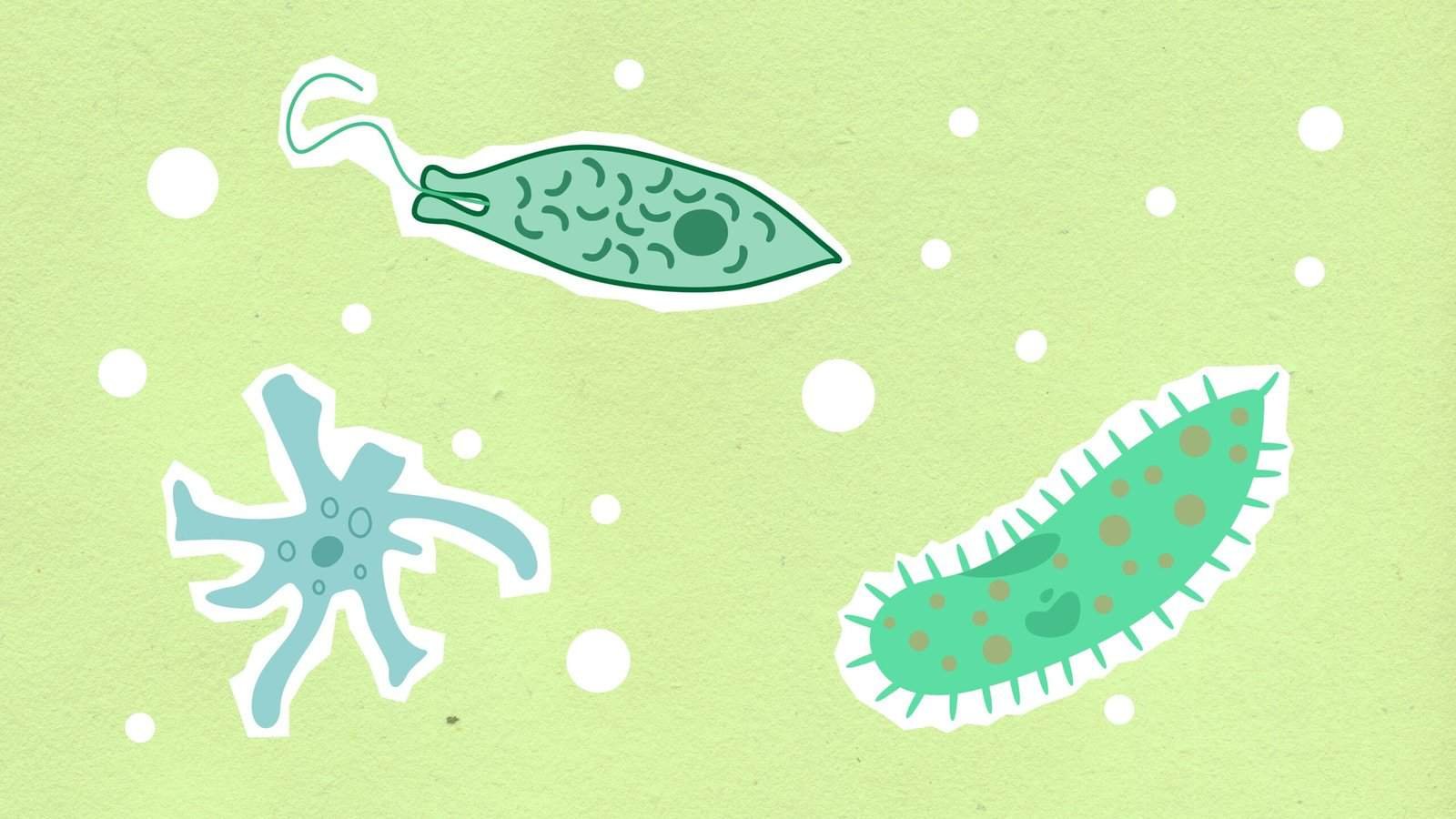
What Are Protozoa?
At the most basic level, protozoa are single-celled organisms. These tiny creatures are a diverse group of microorganisms, generally classified within the kingdom Protista. While they are unicellular, protozoa have incredibly intricate cell structures, and they can perform a variety of complex behaviors and functions akin to those of more complex organisms.
Characteristics of Protozoa
Protozoa are eukaryotic, meaning that, unlike bacteria, their cells have a nucleus enclosed within membranes. This feature allows them to engage in more elaborate life processes. They can predominantly be found in moist environments, ranging from freshwater bodies to soil. Protozoa vary greatly in shape and size and can be free-living or parasitic.
- Movement: Many protozoa move by using hair-like structures (cilia), whip-like tails (flagella), or false feet (pseudopodia).
- Mode of Reproduction: Reproduction can occur asexually through processes like binary fission, or sexually, depending on the protozoa species.
- Feeding Habits: Protozoa are heterotrophic, meaning they feed on organic matter, including bacteria, algae, and other protozoans.
Protozoa in the Ecosystem
Protozoa play a critical role in the ecosystem. They are part of the decomposer chain, breaking down dead material and returning nutrients to the soil. In aquatic environments, they serve as an important food source for larger organisms. However, their presence in drinking water sources can pose a risk to human health, particularly if pathogenic species are present.
Common Types of Protozoa Found in Wells
A variety of protozoa can be found in well water. Understanding their types is crucial in assessing their potential impact on water safety and health.
Giardia lamblia
Giardia is a flagellated protozoan that causes giardiasis, an intestinal infection characterized by diarrhea, stomach cramps, and nausea. This protozoan exists in a cyst form outside the human body, allowing it to withstand harsh environmental conditions.
Cryptosporidium parvum
This protozoan is responsible for cryptosporidiosis, a disease causing severe diarrhea. It forms robust oocysts that enable it to survive in the environment for extended periods, which can then infect hosts through the ingestion of contaminated water.
Entamoeba histolytica
Causing amoebiasis, Entamoeba histolytica is a pathogenic amoeba that primarily targets the digestive system, leading to symptoms like diarrhea, stomach pain, and in severe cases, liver abscesses.
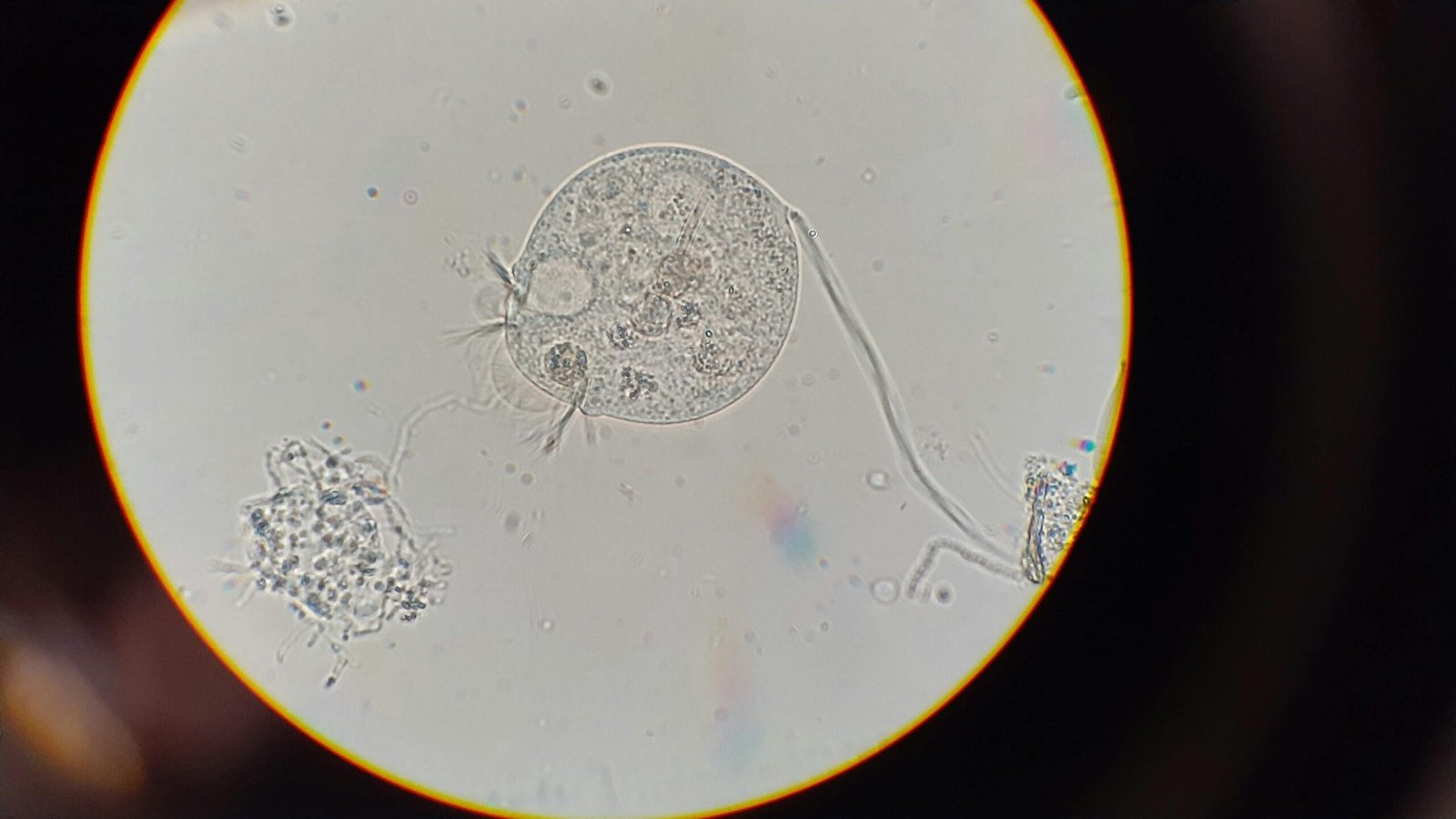
How Do Protozoa Enter Wells?
Given the ability of protozoa to form cysts and oocysts that are resistant to environmental stresses, they have a high survival rate in various conditions. But how exactly do these microscopic organisms make their way into wells?
Sources of Contamination
Surface Runoff: When it rains, surface runoff can carry protozoa from fecal-contaminated lands, agricultural fields, or wastewater into wells.
Septic Systems: Ineffectively managed or malfunctioning septic systems can leak contaminants into the surrounding soil and groundwater, leading to protozoa entering wells.
Animal Activity: Animals, particularly those with access to water sources, may contribute to contamination through defecation near wells or in watershed areas.
Pathways of Entry
Protozoa often infiltrate wells through cracks or flaws in the well structure, such as:
- Well Casing and Cap Issues: A faulty or damaged casing and cap can enable contaminants, including protozoa, to enter the well.
- Cracks in Well Walls: Structural integrity issues in the well walls can allow pathogen infiltration.
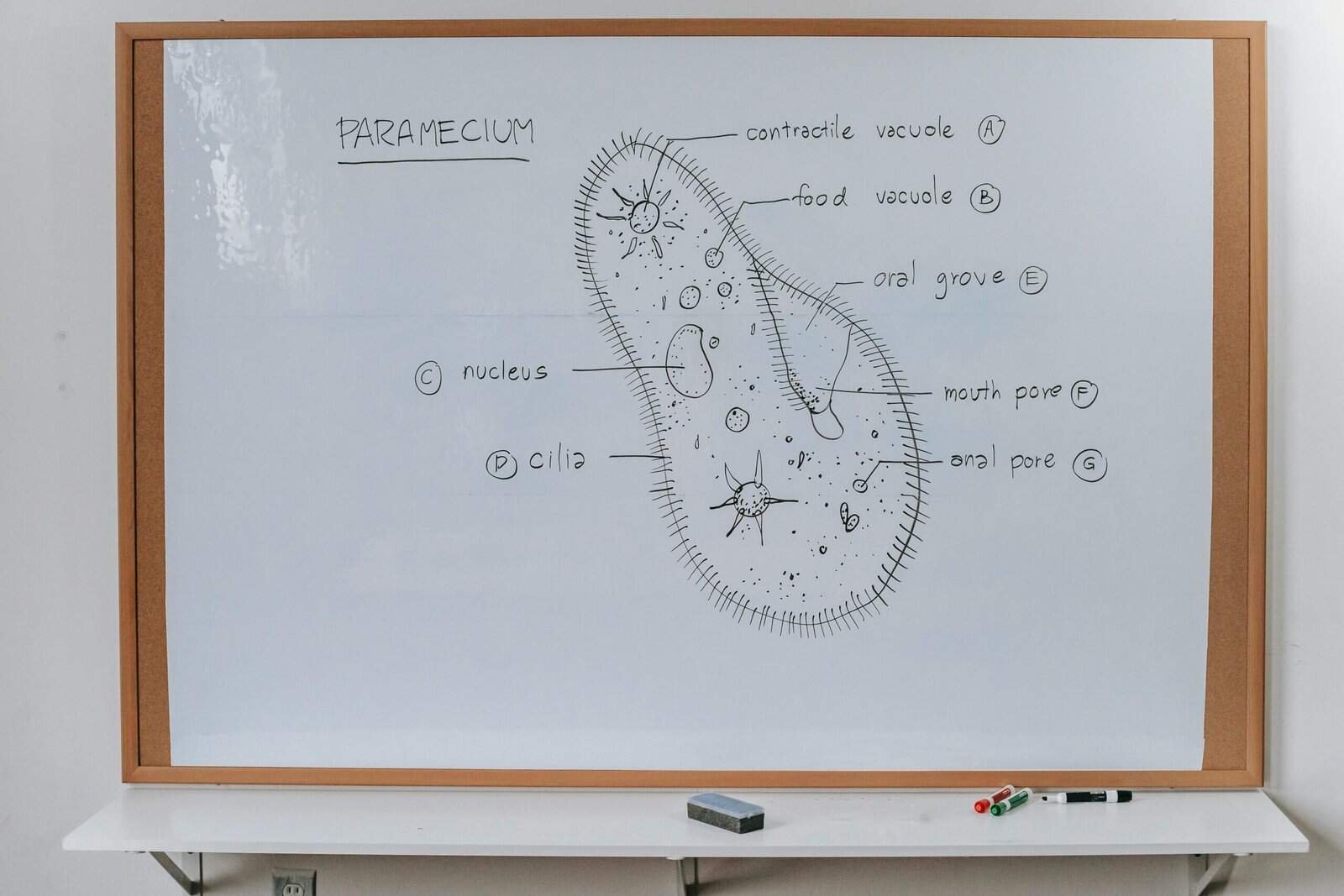
Impact of Protozoa in Well Water
The presence of protozoa in well water, particularly of the pathogenic variety, presents several health risks.
Health Risks
Consumption of water contaminated with protozoan pathogens can lead to serious health conditions. The risk is especially pronounced for vulnerable populations such as young children, the elderly, and immunocompromised individuals. Common diseases linked with protozoal contamination include giardiasis, cryptosporidiosis, and amoebiasis, all of which can significantly impact quality of life.
Implications for Water Quality Management
The potential presence of protozoa underscores the importance of proper well management and water treatment. It’s crucial for well owners to regularly test their water and employ appropriate disinfection methods to ensure safety, such as filtration, boiling, or the use of ultraviolet (UV) treatment.
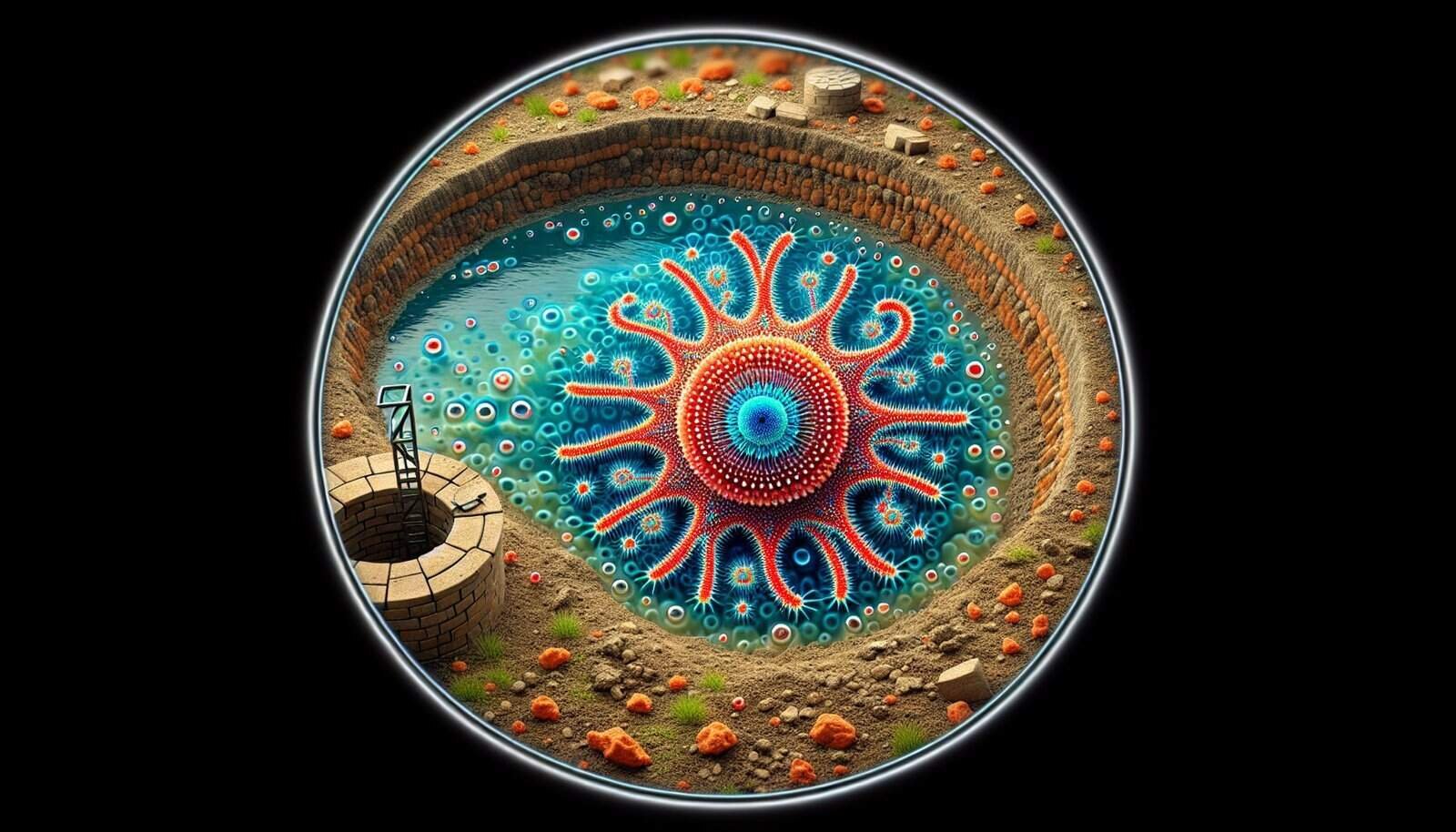
Preventing Protozoa Contamination
Preventing protozoa from entering your well begins with understanding and mitigating the sources and pathways of contamination. Here are some strategies you can adopt:
Well Maintenance
Regular inspections and maintenance of your well are crucial. Ensure that the well cap is secure and the casing is intact. Repair any defects promptly to prevent contaminants from entering.
Proper Waste Disposal
Efficiently manage waste to avoid contamination from septic systems. Similarly, ensure that livestock doesn’t have access to well areas to minimize the risk of contamination.
Effective Water Treatment
Implementing appropriate water treatment solutions can reduce the risk of protozoan contamination. Table-filter-based methods, UV treatment, and chemical disinfection can all contribute to maintaining water purity.
| Water Treatment Methods | Description |
|---|---|
| Filtration | Removes protozoa by physical separation based on size. |
| UV Treatment | Utilizes ultraviolet light to inactivate microorganisms. |
| Chemical Disinfection | Uses chemicals like chlorine to kill pathogens. |
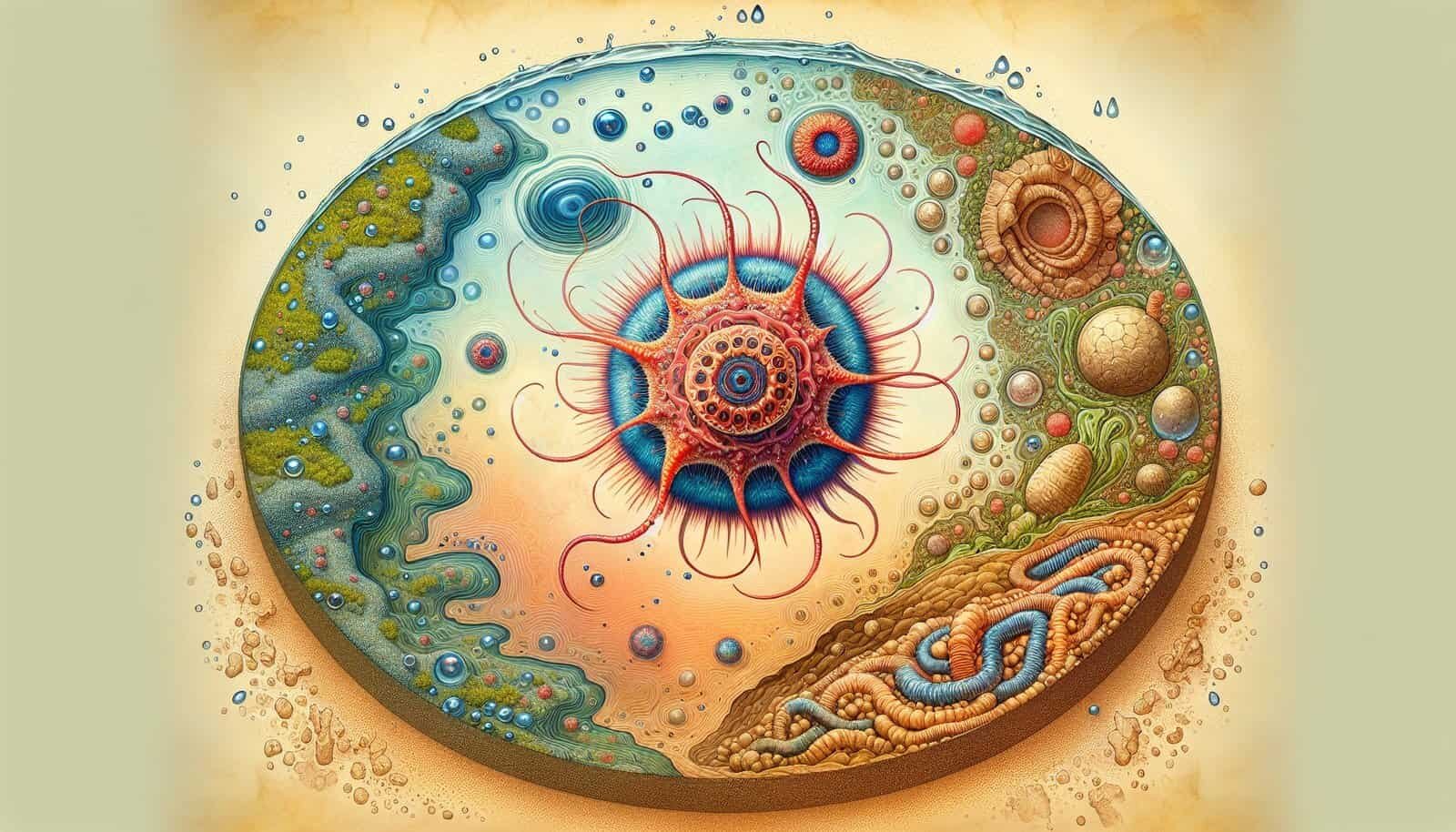
Conclusion
Understanding what protozoa are and the way they infiltrate wells can equip you with the knowledge needed to protect your well water. These microorganisms, while vital to the ecosystem, can also pose a health risk when present in water sources. By maintaining your well and applying suitable water treatment methods, you can help ensure that your water remains safe for consumption. Remember, proactive measures are key in preventing contamination and ensuring the health of those relying on well water.
